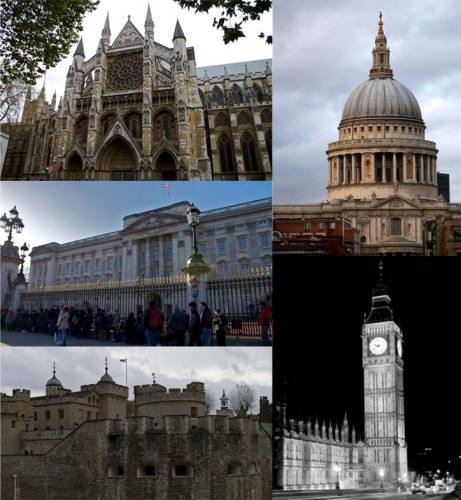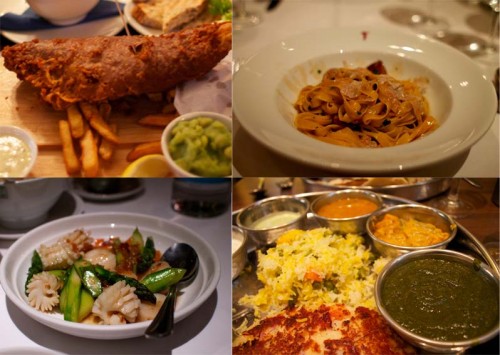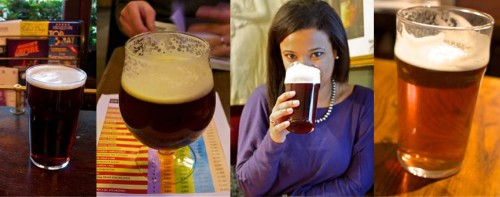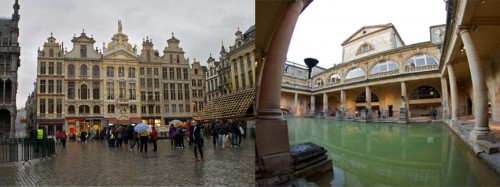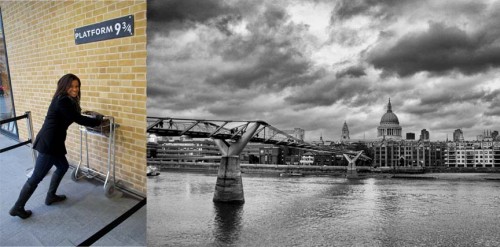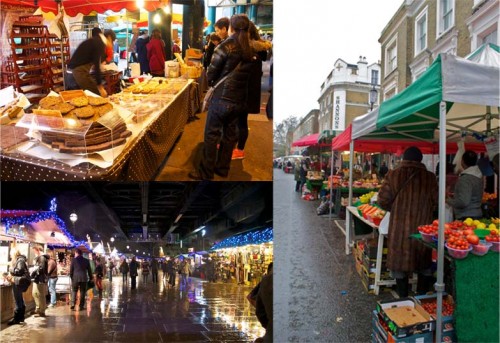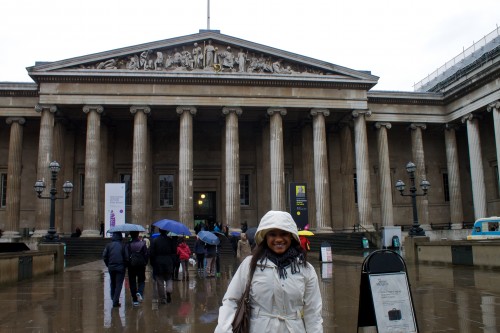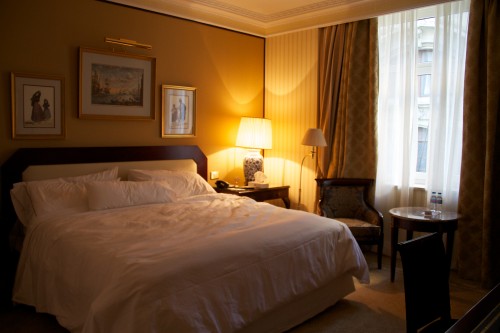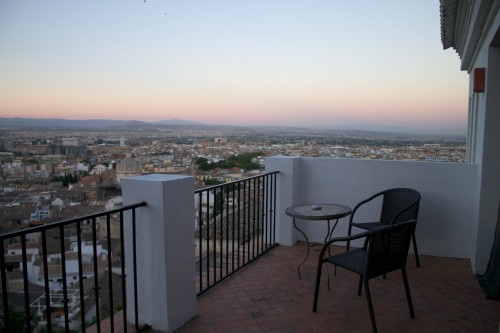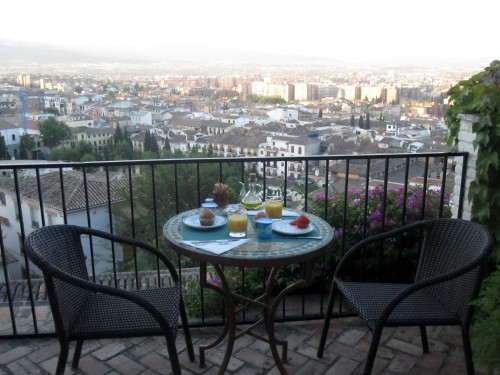The (long overdue) second installment of my summary of Writing Away by Lavinia Spalding brings us into the creative side of travel journaling. While I think the first 4 chapters are very helpful for getting started with journaling and motivating yourself to write, they only scratched the surface on the creativity that can be involved with travelogues. Let me warn you: some of her ideas are definitely “out there,” but I think there are certain takeaways from each of the next 4 chapters that I can use in my travel journaling.
Chapter 5: Distance Makes the Art Grow Stronger
This chapter is likely a little crazy to many people. It’s all about arts, crafts, and creativity and how to incorporate that into your travel journal. I’ll be honest, even for me, someone who enjoys DIY and arts and crafts, many of Spalding’s suggestions just aren’t going to happen. I can’t see myself carrying around an arts and crafts kit with colored pencils, crayons, paints, etc. I am already a heavy packer and just don’t need the extra stuff. That being said, I do cart around colored (ball point) pens, so maybe that would work as a substitute. One idea I do like is glueing or taping items (business cards, pictures from magazines, museum tickets, etc) into the journal. I definitely try to hold on to all of these things, since I may use them for scrapbooking, but it does seem fun to include more than just writing in the journal. As far as drawing goes….I’m not even close to being an artist, but my goal for London was to try to draw something. I think in some ways a drawing can help explain something better than words, but with my lacking artistic abilities, I’m not sure how helpful it will be.
Chapter 6: Journal to the Center
This chapter seemed to be all over the place – a bit about being lost and confused while traveling and then some information on spirituality and finding your center. The travel journal can be used to slow down and take in everything. I found the “Inspirations” section of this chapter to really be the most helpful. It seems like it had little to do with the rest of the chapter, but there are some great ideas:
- Notice something each day that you normally wouldn’t. Look at ceilings, floors, small details, etc.
- Choose a subject and write about it in extensive detail.
- On the other end of the spectrum, write about a scene in a big picture sort of way, skipping the details.
- Write about something and include what did or didn’t meet your expectations. If your experience isn’t written down, your mind may play tricks and remember the expectation instead the actual experience (I find this to be true).
Chapter 7: And Now for Something Completely Different
Treat your travel journal like you would an intimate relationship. Weird? Yes, I think so. But, the way Spalding explains it makes some sense and I can see how applying some of her ideas will help keep the journaling interesting. Her advice is to put a lot of attention into it, but continue to shake things up so it doesn’t get boring and stale.
A few ideas:
- Make lists – they will remind you of where you were and who you were at that time in your life and will bring back memories of that moment.
- Step away from the big picture and write about a specific subject.
- Self-imposed brevity – 10 words to describe something, haiku, etc.
- Shared journal – switch off writing in the journal with a travel companion (also keep your own)
- Write about anything, even if it’s not conventional.
Chapter 8: Don’t You Forget About Me
As the title suggests, this chapter is about remembering, or not forgetting, experiences, food, quotes, moments, etc. from your travels. It’s easy to think that you’ll be able to recall all of the details when you return, but this is definitely not the case. The good news is that simply writing it down will help with the memory. This can be tough, though, because if you spend too much time focusing on capturing every moment, you will miss the moment. The key is to take notes. Bring a smaller notepad with you during the day and use it to scribble a note or two to help you remember when it comes time to journal (focus on the subtle details that you may forget later that night).
I definitely used some of these tips on our trip to London, and plan to continue improving my journal-writing by being artistic, writing about details, writing about the big picture, keeping the journal fun and interesting, and keeping a small notepad with me to jot down notes (other than what we had for lunch or dinner, which is the only thing I’ve used a small notebook for in the past).

